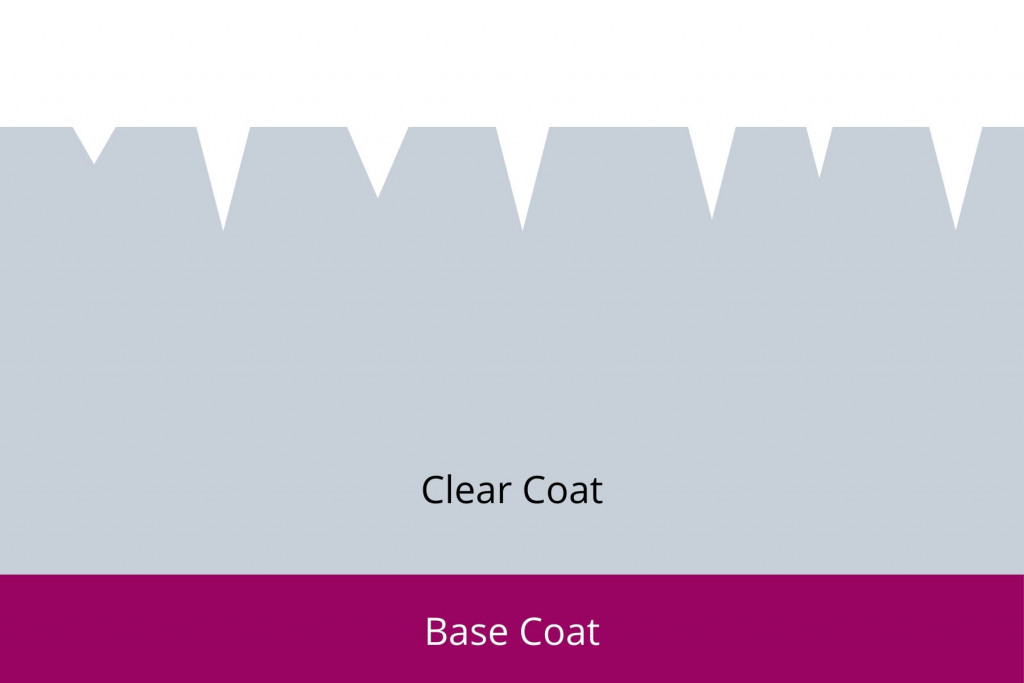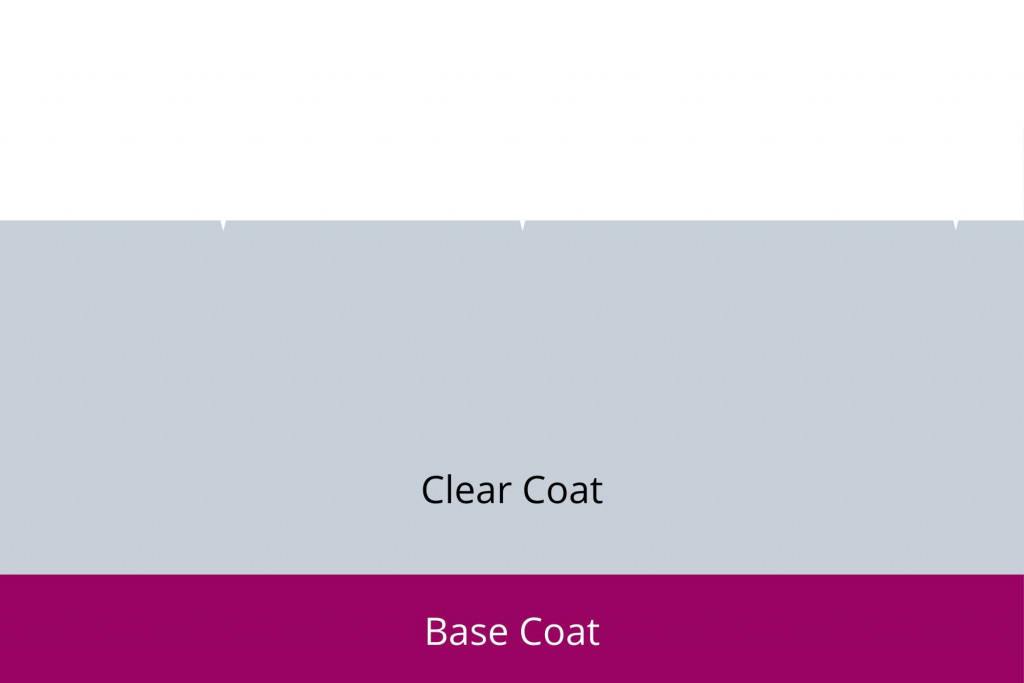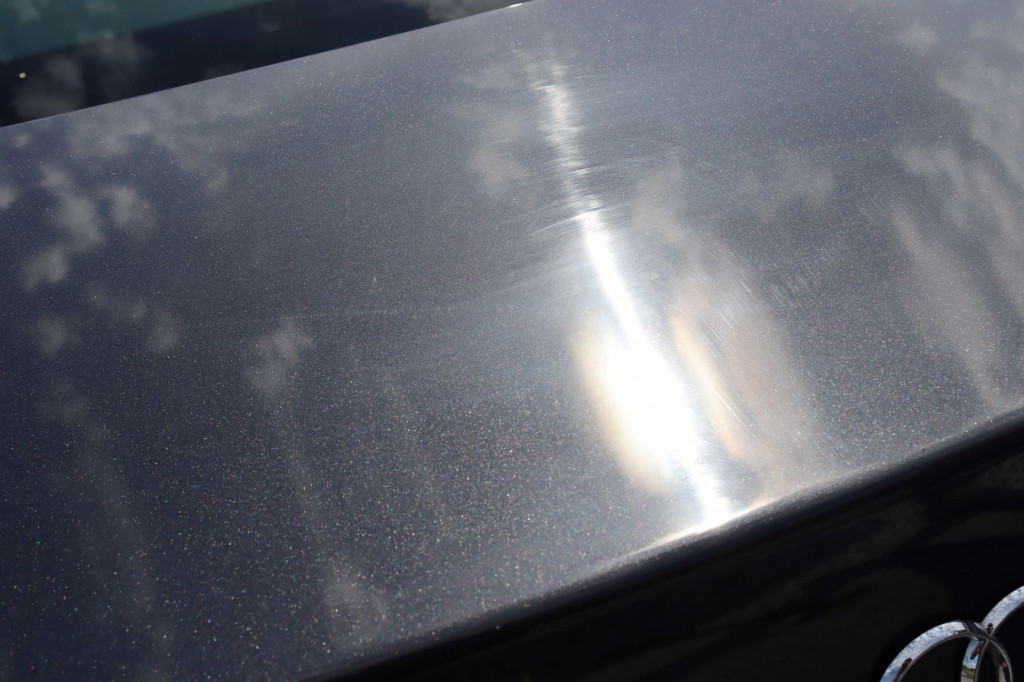Using a machine polisher is a great way to remove clear coat scratches and swirls to give your car that mirror finish. But there are definitely risks to polishing and compounding, and there is only a certain amount of times you can do it safely.
In this article, I’ll be talking about why you should only polish your car when necessary, why it shouldn’t be part of a routine, and how many times you can do it. So let’s get started.
The Quick Answer
You should only ever machine polish a car when necessary to avoid removing an excess of clear coat. You can use a paint depth gauge to determine how thick the paint is, and if it’s safe to polish it. It’s normally safe to use a machine polish on a brand new car twice before running into issues.
What Does a Machine Polisher Do?
It’s really important to know what a machine polisher actually does before moving on to how often it can be done safely.
Machine polishing, and hand polishing for that matter, has one action. It removes paint, also known as “cutting”. The purpose, is to remove clear coat scratches.


The aim is to make the surface flat so light reflects off it evenly creating a shiny and glossy appearance.
Polishing will not remove scratches deeper than the clear coat. So if the scratch looks grey or white in normal lighting, polishing won’t work.
Clear coat scratches aren’t visible in low-level lighting, but they do make the car look duller and flatter overall. However, they can be seen in direct sunlight and often look like swirls or spider webs.

Polishing vs Compounding
It’s also important to distinguish between polishing and compounding. These are the two types of paint correction that can be performed using a machine polisher.
- Compounding cuts the paint quickly
- Polishing cuts the paint slowly
Compounding is used to correct deeper clear coat scratches, whilst polishing is used to refine the finish. Compounding can leave some “hazing” behind, because it’s more aggressive. Polishing is performed afterwards to flatten this hazing to create a mirror finish.
Compounding should only ever be used to remove more severe clear coat damage, such as marring or deeper scratches. Polishing is milder, but capable of removing lighter swirl marks.
Check out my article comparing polishing and compounding to learn about the differences between these two processes and help decide which is the best approach.
Risks of Paint Correction
Okay, so now we’ve been through the fundamentals, we need to talk about the risks of correcting the paint using a machine polisher.
Your car only has so much clear coat. If you keep removing it by polishing, then you won’t have any left.
It’s really important to preserve the clear coat because it protects the base coat (colour), underneath it. It protects it from UV rays, corrosion and contamination, all of which would cause the colour to fade and crack.
If you want the finish to look shiny and have that depth of colour, you need to preserve the clear coat.
It’s also worth noting that the risks of burning through the clear coat are much higher if you use a rotary rather than a DA polisher. Take a look at this article I’ve written on DA vs Rotary Polishers to learn more about this topic.
How Many Times is Safe?
So how many times can you actually polish a car before you run out of clear coat?
Here are a few facts.
- A brand new car has around 40-80 microns of clear coat. It varies significantly between manufacturers.
- Compounding the paint using a machine polisher removes around 5-10 microns of clear coat when trying to remove moderate clear coat scratches.
So by this school of thought, you’d be able to machine polish a car around 3 times before you ran out of clear coat when using aggressive methods on a car with very little clear coat to begin with.
Now the numbers given above refer to compounding. It is safer to polish your car more often than this. This is because polishes are much milder and remove far less clear coat. Polishing generally removes around 3-5 microns of clear coat.
However, you still don’t want to make polishing a routine, because if done often enough, will still cause issues.
It’s also worth noting that there are two techniques you can use to polish a car: by machine or by hand. Polishing by machine is more efficient but also risks the removal of too much clear coat.
Unsure if you should machine or hand polish your car? Check out my in-depth comparison between machine and hand polishing to help you decide.
How to Tell When It Is Safe to Polish
You can use what’s called a paint depth gauge to tell when it’s safe to use a machine polisher. Here’s how it works.
- Use the paint depth gauge on the door jamb paint to see how thick it is. This will be used as the reference because it usually hasn’t been polished.
- Use the gauge on a panel to get a reading.
- Subtract the panel reading from the door jamb reading.
- This tells you how much paint has already been removed.
Most new cars give a reading of around 100-150 microns. This includes all the layers, not just the clear coat. You don’t really want to go below 70 microns to be on the safer side.
Using a paint depth gauge isn’t a guarantee that it’s safe to polish, but it does give a useful guideline.
When Should You Machine Polish?
You should only ever polish or compound your car when you really have to. If you want to remove clear coat damage perhaps inflicted by a previous owner, then as long as the car hasn’t been compounded or polished before, then it should be fine.
But you don’t want to keep doing it. Once you’ve used a machine polisher on the vehicle, you should be really careful not to inflict any more clear coat damage.
As a general rule, light machine polishing a car should not be done more often than once a year, and only after claying the car. However, you should not machine polish a car as part of a routine and should use a paint depth gauge to determine if it is safe to machine polish.
Considering machine polishing your car? Take a look at my complete machine polishing checklist to make sure you have all the right equipment for the job.
Are There Any Alternatives?
Okay then, what do you do if your car has clear coat scratches and swirls, but it’s no longer safe to do? Well your best bet in this situation, is to use a glaze. They cover up scratches and swirls using fillers, to hide the scratch rather than remove it.
They are a temporary, but non-aggressive fix. You can check out this article I’ve written about glazes vs polishes to learn more about the differences.
Unsure if you should machine or hand polish your car? Check out my in-depth comparison between machine and hand polishing to help you decide.
Thanks for reading! I hope you’ve found this article helpful. Don’t forget to check out the rest of the website to learn more about making your car look its best.

